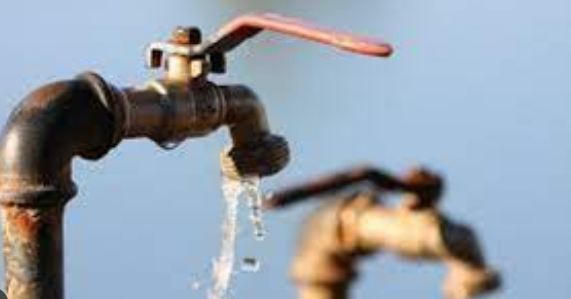Chhatisgarh Water Has High Levels Of Uranium, Far Exceeding WHO Limit

New Delhi: High uranium levels, three to four times the World Health Organisation’s (WHO) 15 microgram per litre limit and higher even than the government’s limit of 30 micrograms per litre have been recorded in drinking water sources across at least six Chhatisgarh districts, significantly increasing the risk of cancers and pulmonary conditions, as well as skin and kidney diseases, in these areas, NDTV has reported.
Notably, in 2017, the WHO suggested uranium in drinking water should not exceed 15 micrograms per litre but acknowledged that “there are uncertainties (if) concentrations above this would be of concern”. The global health body also said some countries like India had doubled that permissible limit.
In June, a Bhabha Atomic Research Centre study suggested even 60 micrograms per litre is safe.
The village has now opened a second bore, but it is unclear if the source of that water is different from the first or if uranium levels in the water from the new well are within permissible limits, the report said, adding that after the Devtarai red flag samples from all six districts were sent to the Bhilai Institute of Technology in Durg and the readings, between 86 and 105 micrograms of uranium per litre were confirmed by Dr Santosh Kumar Saar, the Chair of the university’s Chemistry Department. BIT scientists took samples from six square kilometre range in each of the six districts.
According to a study by three BIT scientists, led by Poonam Deshmukh, uranium can be filtered by using the bark of a gooseberry (amla) tree. Deshmukh published her findings in the Groundwater for Sustainable Development in 2021 and the method has been patented but not implemented yet.
Notably, Chhattisgarh is home to four known deposits of 100 per cent grade uranium – three of which are in Rajnandgaon district, where contaminated water was found, according to the Uranium Corporation of India.

Comments are closed.